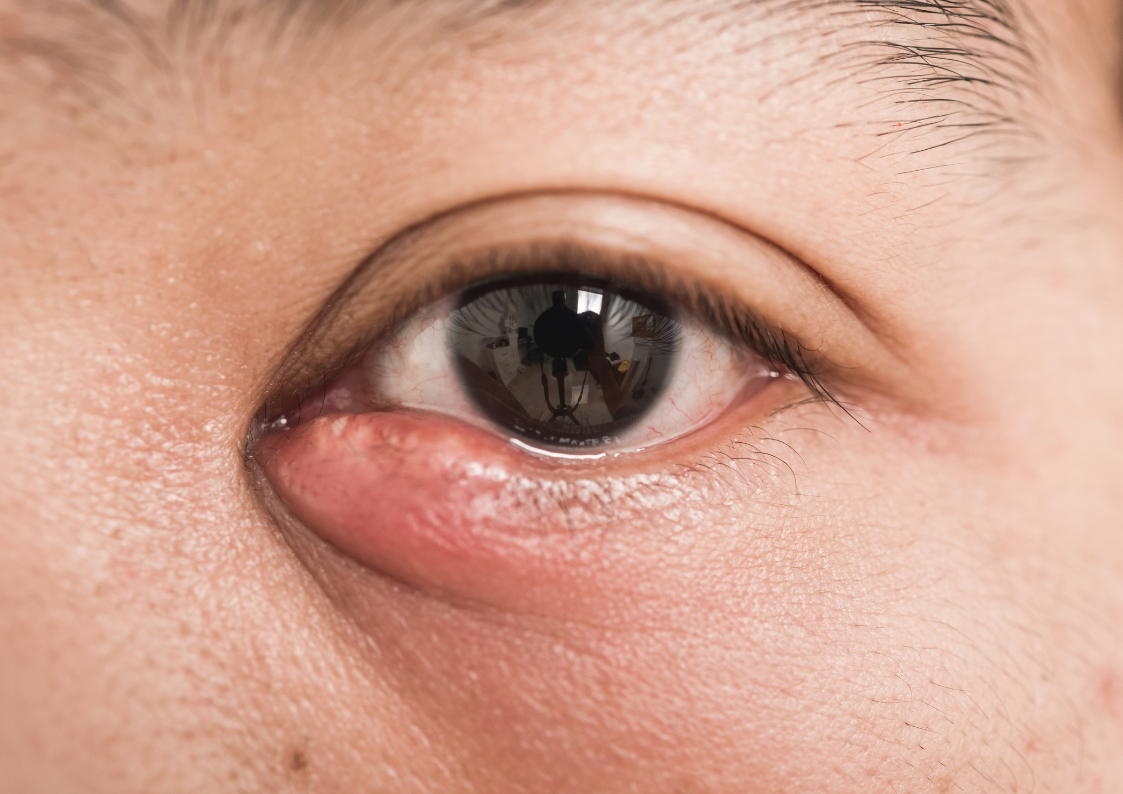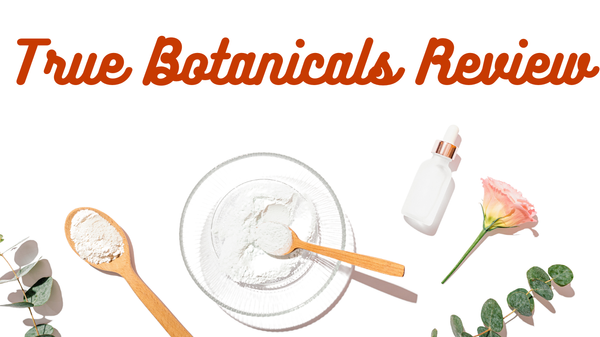Nature's Eye: The Ultimate Guide to Natural Remedies for Stye Relief
Nature's Eye: The Ultimate Guide to Natural Remedies for Stye Relief

Are you struggling with a painful, irritating stye? You're not alone. Many people suffer from this common eye condition, often resorting to medical treatments that can be costly and have side effects. But what if there was a natural remedy for stye that could offer relief, right from the comfort of your home? You're in the right place. This guide will show you natural remedies to soothe stye symptoms without traditional treatments. Don't let a stye steal your comfort - fight back naturally.
What is a Stye?
A stye, medically referred to as a hordeolum, is a small, painful lump that forms on the inside or outside of the eyelid. It is a common eye condition resulting from an infection in the oil glands of the eye, typically caused by the Staphylococcus bacteria. Symptoms may include redness, swelling, and discomfort, often accompanied by the sensation of a foreign body in the eye. Styes can be uncomfortable, but they usually don't affect your vision and go away in about a week. The word "stye" comes from Old English and means "rising or swelling," which describes how it looks. This term has been used since the 17th century to refer to the lump that appears on the eyelid due to an infection. With time, the spelling evolved to "stye," but the meaning remains the same. The swelling and discomfort of a stye have made its name synonymous with this eye ailment.
Transmission and Persistence of Staphylococcus Bacteria
Staphylococcus bacteria, the main cause of stye formation, are common germs found on human skin and in the nose. People usually get eye infections by touching their nose or skin, then their eye without washing their hands.
These bacteria are very tough and can live on many different things, like human skin and objects, for a long time. This resilience makes it challenging to completely eliminate Staphylococcus bacteria from our environment. Bacteria can form biofilms, which protect them from the immune system and antibiotics, making them more tenacious. Recurrent styes can be a problem because bacteria can stay in the eye's oil glands or on the eyelid skin even with treatment. To prevent Staphylococcus bacteria from spreading to the eyes, it's important to have good personal hygiene. Regularly and thoroughly washing your hands is especially crucial.
11 Ways to Naturally Treat a Stye With Home Remedies
- Warm Compress: Applying a warm compress to the affected eye can help soothe the swelling and speed up the healing process.
- Green tea bags have anti-inflammatory properties. They can reduce swelling and fight infection.
- Aloe Vera: The gel from this plant has healing and soothing properties that can alleviate discomfort.
- Coriander Seeds: An eye wash made from coriander seeds can help reduce pain and swelling.
- Applying a warm mixture of turmeric and water can help heal a stye. Turmeric has anti-inflammatory and antibacterial properties.
- Guava Leaves: Warm guava leaves wrapped in a cloth and applied to the eye can reduce inflammation and speed up healing.
- Potato: Applying a grated raw potato to the stye can help draw out the infection and soothe the area.
- Cucumber slices can soothe and relieve swelling and discomfort.
- Chamomile Tea Bags: These can bring down swelling and accelerate healing when used as a warm compress.
- Apple Cider Vinegar: Diluted apple cider vinegar used as a compress can fight infection and promote healing.
- Saltwater: A warm saline solution can help cleanse the eye and combat infection.
Please remember, while these remedies are generally safe, everyone's body responds differently. Always test for allergies or reactions, and consult a healthcare professional if symptoms persist. To prevent spreading the infection, avoid touching the affected eye and maintain good hygiene. Remember, styes are common and can be treated easily with home remedies. However, if they recur frequently or do not heal within a week or two, it is best to seek medical advice. Take care of your eyes and always prioritize your health!
To-Do Checklist: Managing an Eye Stye
- Identify the Issue: Confirm that the issue is indeed a stye and not another eye condition.
- Maintain Hygiene: Wash your hands frequently and avoid touching your eyes to prevent the spread of the infection.
- You can try using home remedies like warm compresses or herbal treatments. Just make sure to test for allergies first.
- Keep the Eye Clean: Regularly cleanse the eye with a warm saline solution to combat infection.
- Avoid Makeup and Contact Lenses: Refrain from using makeup or wearing contact lenses until the stye completely heals.
- Consult a Healthcare Professional: If the stye persists for more than a week or two, or if it recurs frequently, seek medical advice promptly.
- Follow Prescribed Treatment: Follow any treatment prescribed by a healthcare professional diligently.
- Monitor Recovery: Keep track of your recovery process. If the stye does not improve or worsens, return to your healthcare professional.
- Prevent Future Styes: After recovery, maintain good eye hygiene to prevent future styes. This includes regularly cleaning your eyelids, especially if you are prone to blepharitis or styes.

Keep Your Entire Body In Check
In addition to eye health, there are many smaller health issues that need attention and prevention. For instance, the common cold, while usually harmless, can be minimized through hygiene practices like regular handwashing and avoiding close contact with those who are sick. To prevent and manage minor skin conditions like acne or athlete's foot, practice good skincare and hygiene. Dental issues, such as gingivitis, can be kept at bay with regular brushing, flossing, and dental check-ups. Each of these examples highlights a broader principle of health care: prevention is often the best cure. By learning to take good care of our bodies in diverse ways, we can often prevent or minimize health issues before they become serious. If symptoms continue or worry you, talk to a doctor for advice.
Key Takeaways
- Eye Health: Maintain good eye hygiene, and do not ignore persistent or recurrent eye issues like styes. Regularly clean your eyelids, especially if you're prone to blepharitis or styes.
- Follow Natural Remedies Not Just For Your Stye: There are so many helpful ways you can give your body the best chance to thrive. In fact, check out more articles on how to do so here:
For more insights into maintaining good health and wellness, visit The Wellness Ledger Blog. Here, you’ll find a wealth of posts offering practical tips and advice to help you stay knowledgeable and proactive about your health.





